This website uses cookies so that we can provide you with the best user experience possible. Cookie information is stored in your browser and performs functions such as recognising you when you return to our website and helping our team to understand which sections of the website you find most interesting and useful.
Chef’s Table: Vivek Singh talks The Cinnamon Club and his comfort foods
By Shivani Dubey | 27 January 2025 | Food & Drink
Tempus meets acclaimed chef Vivek Singh to talk the world’s perception towards Indian food and his favourite dishes from childhood
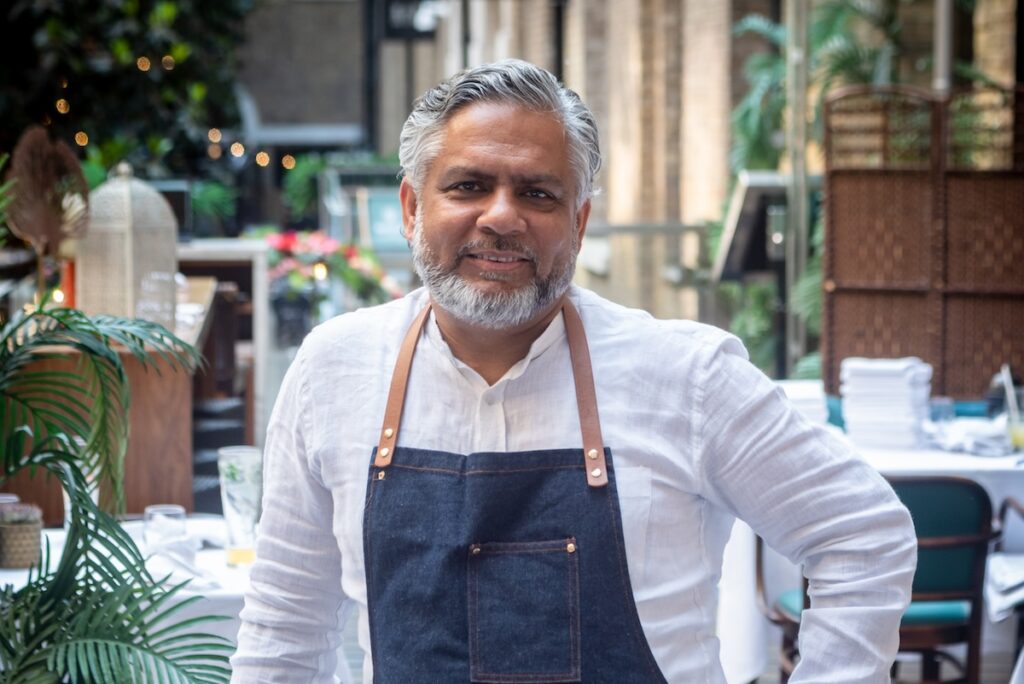 Chef Vivek Singh is one of the most acclaimed Indian chefs currently working in the UK. He is the executive chef and CEO of the Cinnamon Collection. His fine dining restaurant, The Cinnamon Club, situated in the Westminster Library, is stuff of legends. Throughout his storied career, he has made it his mission to change the world’s perception towards Indian cuisine — one bite at a time.
Chef Vivek Singh is one of the most acclaimed Indian chefs currently working in the UK. He is the executive chef and CEO of the Cinnamon Collection. His fine dining restaurant, The Cinnamon Club, situated in the Westminster Library, is stuff of legends. Throughout his storied career, he has made it his mission to change the world’s perception towards Indian cuisine — one bite at a time.
Chef Vivek has published six cookbooks, is a regular face on BBC’s Saturday Kitchen and has turned his career into a culinary evolution — changing with the times, always an even more elevated version of the past.
So it was only right that we kicked off a new year of our Chef’s Table series with Vivek Singh. Here, the acclaimed chef talks about The Cinnamon Club, how he thinks the perception of Indian food has changed over time and his comfort favourite dishes. 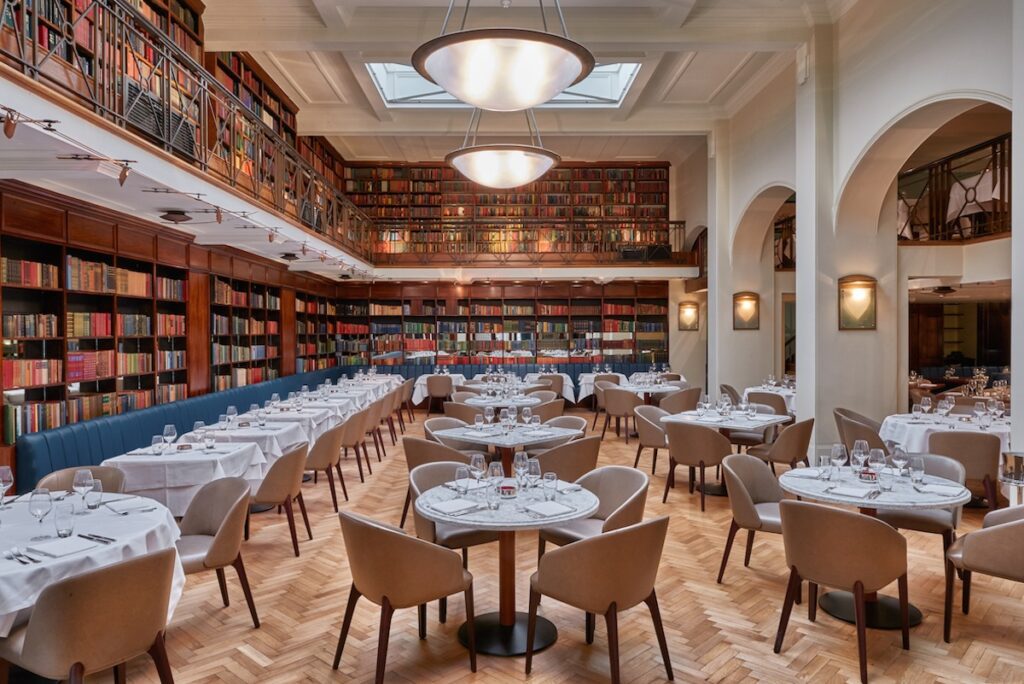 You head up the fine dining restaurant The Cinnamon Club — among other restaurants — in Westminster. What sets your menu apart?
You head up the fine dining restaurant The Cinnamon Club — among other restaurants — in Westminster. What sets your menu apart?
Being slightly contrary and cheeky to tradition and customs, we are forever looking to challenge perceptions and push boundaries, with all of our Cinnamon restaurants in some way carrying this ethos of challenging the status quo. Creating new combinations and seeking the finest and newest ingredients that we may or may not have used before is what sets our menu apart. Once we have the hero ingredient in mind, we dive into our pan-Indian search for inspiration around the correct spices and cooking techniques, and in doing so we come up with the final dish, which, even though it may be rooted in thousands of years of cooking history, still seems modern and current.
How would you describe your style as a chef? What do you want your guests to experience when they come to your restaurants?
I would say my signature culinary style is contemporary Indian but also the best of all worlds. I tend to draw experience from Indian spicing and cooking techniques, whilst marrying this with local British produce. I think our guests come to our restaurants not just to fill themselves up, but for new experiences and learning the story of the ingredient or the dish presented. There is always a little bit more than just eating and drinking! 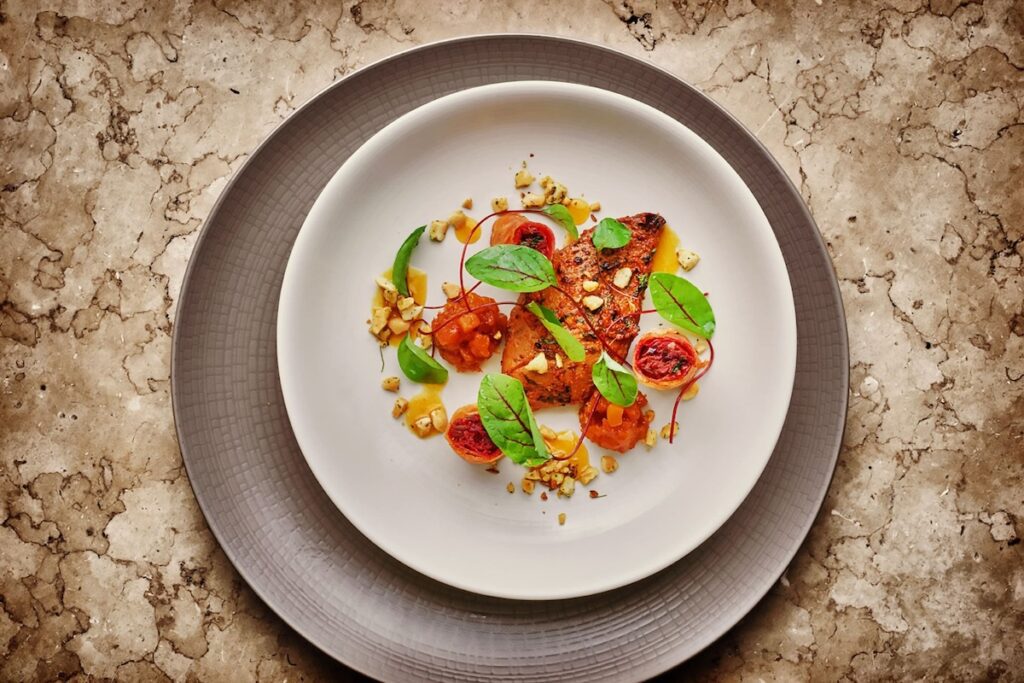 You have such a storied culinary career as one of the most celebrated and sought after Indian chefs in the UK. Where did your passion for cooking come from?
You have such a storied culinary career as one of the most celebrated and sought after Indian chefs in the UK. Where did your passion for cooking come from?
My passion for cooking certainly came from my experience and memories of my mother’s cooking and the various community feasts that we would enjoy. I’m sure the banquets in my head were a lot bigger than in real life, but that’s the beauty of childhood memories.
How has your upbringing influenced your cooking?
I’m not sure my upbringing has influenced my cooking, but it has definitely influenced my serving skills. I love hosting, having people around a big table and feeding them with a range of dishes, so they leave feeling full and content.
You mentioned in a previous interview that you were met with skepticism when you first opened The Cinnamon Club. How do you think the perception of Indian food changed over the years, in your opinion?
When opening The Cinnamon Club in 2001, I wanted to show people there was a lot more to Indian cooking and its repertoire than what was being showcased at the time. There were opportunities for smaller, more frequently changing menus and more considered combinations. Indian food wasn’t considered a dining experience and I wanted to change this misconception. 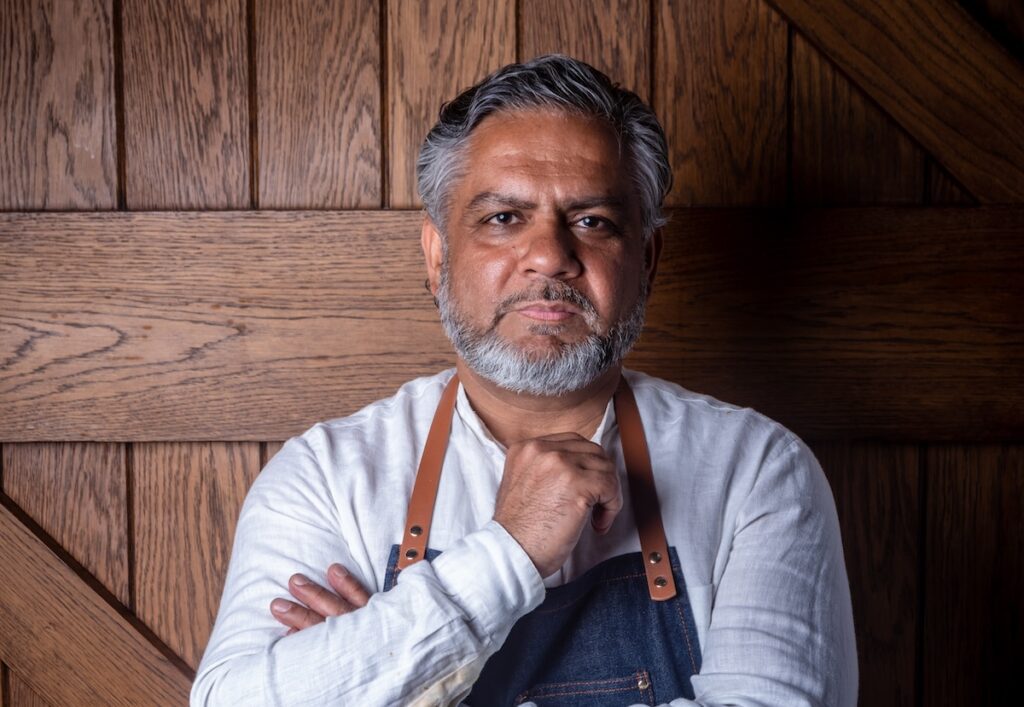 On a day-to-day basis, it may not have felt like a lot, but over the past 25 years, the perception of Indian food has changed. You can find more modern Indian food in the capital, with there being more love and appetite towards the cuisine. There’s also much more awareness around regional cooking plus hyper local and micro influencers on the Indian scene. It may have not been intentional but somehow the beauty of challenging this status quo has meant that Indian food has progressed in two directions – pushing boundaries, thinking and looking outside the box, but also digging deeper and finding richer stories and more connections – it has done both of those things, which I’m delighted to see.
On a day-to-day basis, it may not have felt like a lot, but over the past 25 years, the perception of Indian food has changed. You can find more modern Indian food in the capital, with there being more love and appetite towards the cuisine. There’s also much more awareness around regional cooking plus hyper local and micro influencers on the Indian scene. It may have not been intentional but somehow the beauty of challenging this status quo has meant that Indian food has progressed in two directions – pushing boundaries, thinking and looking outside the box, but also digging deeper and finding richer stories and more connections – it has done both of those things, which I’m delighted to see.
Away from the restaurant, what is your ultimate personal comfort food or favourite dish?
My ultimate comfort dish is my masala omelette, made with onions, chilli and coriander cooked in mustard oil, and served between two slices of tea cake – I know it sounds weird but it’s incredibly spicy, comforting and tasty!
Why is this a comfort food to you? Do you have any special memories associated with the dish?
I’ve always loved sweet bread and with eggs so accessible, this used to be my go-to ‘packed lunch’ for school for pretty much 12 years. I still go back to it when I’m seeking homely, comfort dishes.
If you don’t mind, can you share the recipe of this dish for our readers to emulate?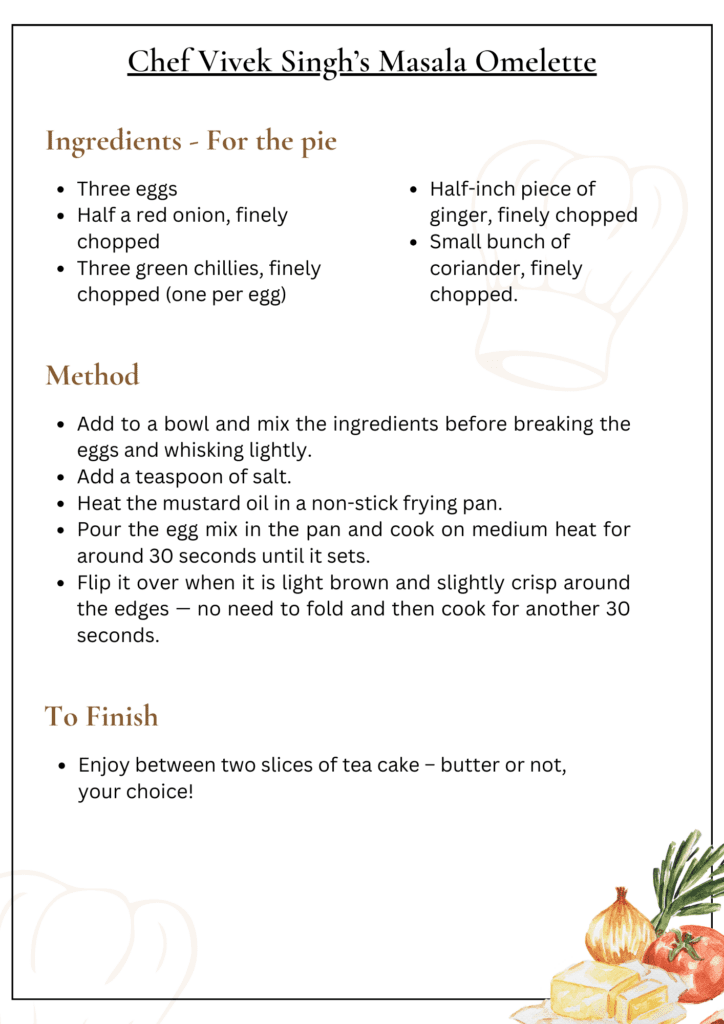
Do you have any tips for our readers attempting to recreate this dish?
I love mustard oil but if you find it too strong for your liking, you’re okay to go for an alternative neutral oil instead.
Who are some of your chef heroes? During our Chef’s Table interview, Asma Khan named you one of hers!
What an honour to hear – Asma is a wonderful chef. When I was much younger, reading books by Marco Pierre White and Raymond Blanc really influenced my thinking as a chef and inspired me. During my early days at The Cinnamon Club, I was influenced by Chef Eric Chavot, who I was speaking regularly with during those early days at the restaurant.
To know more about Chef’s Table and chef Vivek Singh, subscribe to our weekly newsletter, the Tempus Edit — and read other interviews in our Chef’s Table series.







